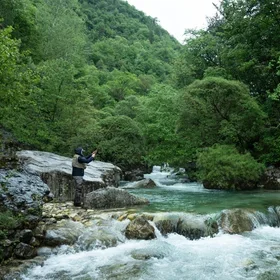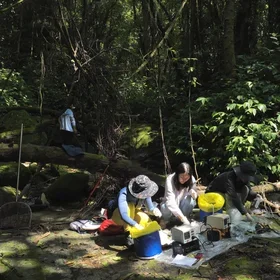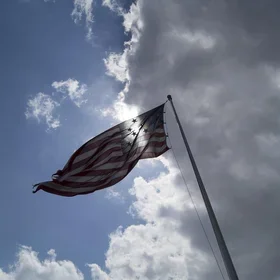Rashun Miles sat down with Martin Epstein to talk about his experience as a student and faculty member.
Martin Epstein’s introduction to negotiation and conflict resolution began long before he registered for a course at the Negotiation and Conflict Resolution program (NECR) at Columbia University. Epstein came to know about conflict resolution through Marshall Rosenberg’s Non-Violent Communication: A Language of Life. Epstein spent many years working as a technician in the information and technology field. Eventually, he had to make a choice–continue as a technician or enter the world of management. He chose management.
Why did you choose management rather than continue as a technician?
Management is where I thought I could thrive and be most effective. As a manager, I noticed the importance of how I communicated with the staff and how I dealt with conflict. Through my experience as a manager, I was always aware of how I spoke to employees and staff. My goal was to create an environment that created connection rather than separation. Additionally, I was learning “how to listen.” Through effective listening, I can foster connection and empathy not only for me, but the employees and staff too. As I reflect on my work experience, I was practicing many of the tenets of conflict resolution before I even stepped foot into a classroom.
You mentioned, before entering NECR program, you were out of school for a number of years. Could you speak about that?
Yes. The Columbia environment is so thrilling, specifically the Negations and Conflict resolution program (NECR). NECR had students of diverse cultures and occupations. I find it so exciting and an honor to be with classmates with such diverse backgrounds. They have so much to offer and add value to the learning experience. In and outside the classroom, there was a sense of bonding. I felt connected with everyone in the class. We worked together, we did projects together. These bonds are still ongoing. I felt that the years I spent outside the classroom added to my educational experience. I was nervous going back to class, but all of that melted away after my first class. I knew this is where I wanted and need to be.
Final thoughts?
Throughout the program, it is continual bonding and sharing of ideas. When you deal with conflict, we are dealing with our lives. There is an openness and intimacy that the program foster to give us the tools to address conflict and, and more importantly, work together to create a solution.


